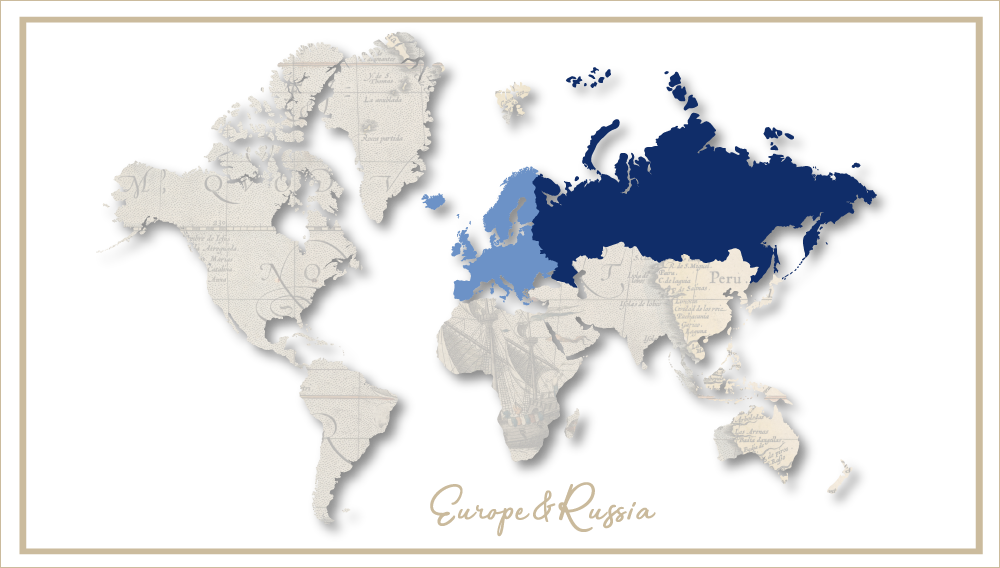Craft brewers persevere despite high taxes and low consumption
Israel | Three 13,000-year-old stone mortars found in a cave near Haifa may be the earliest known physical evidence of an ancient beermaking operation. But it does not mean that present-day Israel has a beer culture. Average beer consumption has hovered around 14 litres for many years.
Until the microbrewery Dancing Camel opened in Tel Aviv in 2005, the only local beers available were “Goldstar” and “Maccabee” lagers. These days, you can find 20 commercial craft breweries dotted across the small country. However, all find it difficult to sell their beers, not least because the major brewers still enjoy a tight grip on the market. As a consequence, there have not been any craft brewery openings for a while.
Add to this Israel’s culturally diverse population and you begin to fathom craft brewers’ countless problems. Israel is a country of immigrants, all with diverse cultural backgrounds as concerns beer. There are plenty who cannot drink alcohol for religious reasons. Among those who do, some want their beers koshers, while others don’t care. Some want their beers cheap, others drink so little beer they don’t worry too much about prices.
Thanks to microbreweries springing up, beer has finally become something of a conversation piece among younger Israelis – which must be considered a first step towards establishing a beer culture. It also helped, says Euromonitor, that in 2017 the major brewers focused their marketing activities on cultural events. Beer festivals and homebrewing competitions are a growing trend. All this has contributed towards raising consumers’ awareness of beer.
Local breweries are perceived as offering high-quality products. Besides, Israelis often make a point of supporting local manufacturers and therefore prefer purchasing local beers over imported ones. But there is no denying that craft beer is pricey – and by a wide margin over mainstream beers. Expect to pay ILS 16 (USD 4.25) in supermarkets for a 330 ml bottle of craft beer. At those prices you don’t want to buy more than a bottle at a time.
When Jerusalem’s Shapiro Brewery launched its “Barrel Aged Chocolate Porter”, it immediately won the accolade of “Israel’s most expensive beer” (ILS 45/USD 12 for a 500 ml bottle), joked Shahar Hertz of Beer&Beyond, a specialist beer store in Tel Aviv.
In comparison, a bottle (500 ml) of “Goldstar” will only set you back ILS 7.50 (USD 2.00) and a bottle of locally produced “Heineken” ILS 8.90 (USD 2.35). The closest corporate offering to a craft beer is Goldstar’s crafty brand “Unfiltered”, which retails for as little as ILS 35 (USD 9.30) for a six-pack (6x330 ml), including deposit.
Keeping Israel’s beer geeks humoured, craft brewers have embarked on collaborations. In 2018, the Dancing Camel introduced “The Seven C’s”, a collaboration beer with the Freak’N brewery from Peoria, Arizona. This was probably in response to Denmark’s Mikkeller, the supremo of collaborations, establishing his presence in Israel through the Alexander brewery in Emek Hefer, a town some 40 km north of Tel Aviv.
So far, Mikkeller and Alexander have done two collabs: “Milk&Honey”, an American Imperial Stout, and one called “Holy Fruit”, a type of New England Double IPA. In addition, Alexander brews Mikkeller’s brand “Gold” for the local market.
Blame it on money being tight that in the past few years several microbreweries have changed hands. Among the more prominent transactions were breweries Malka and Negev, which sold stakes to Hacarem Spirits, one of Israel’s leading importers and distributors of alcoholic beverages.
Malka is probably the largest microbrewery in Israel and the investment from Hacarem has enabled it to build a new brewery just south of the Lebanese border, which brews both Malka’s and Negev’s beers.
A decade into Israel’s budding beer culture, the spoils for craft brewers continue to be small as they compete against local mainstream beers and imports, which are believed to be a far larger category than craft. But one thing is certain: consumers are better off than ever before. They now get to see new beers all the time.
Authors
Ina Verstl
Source
BRAUWELT International 2019


